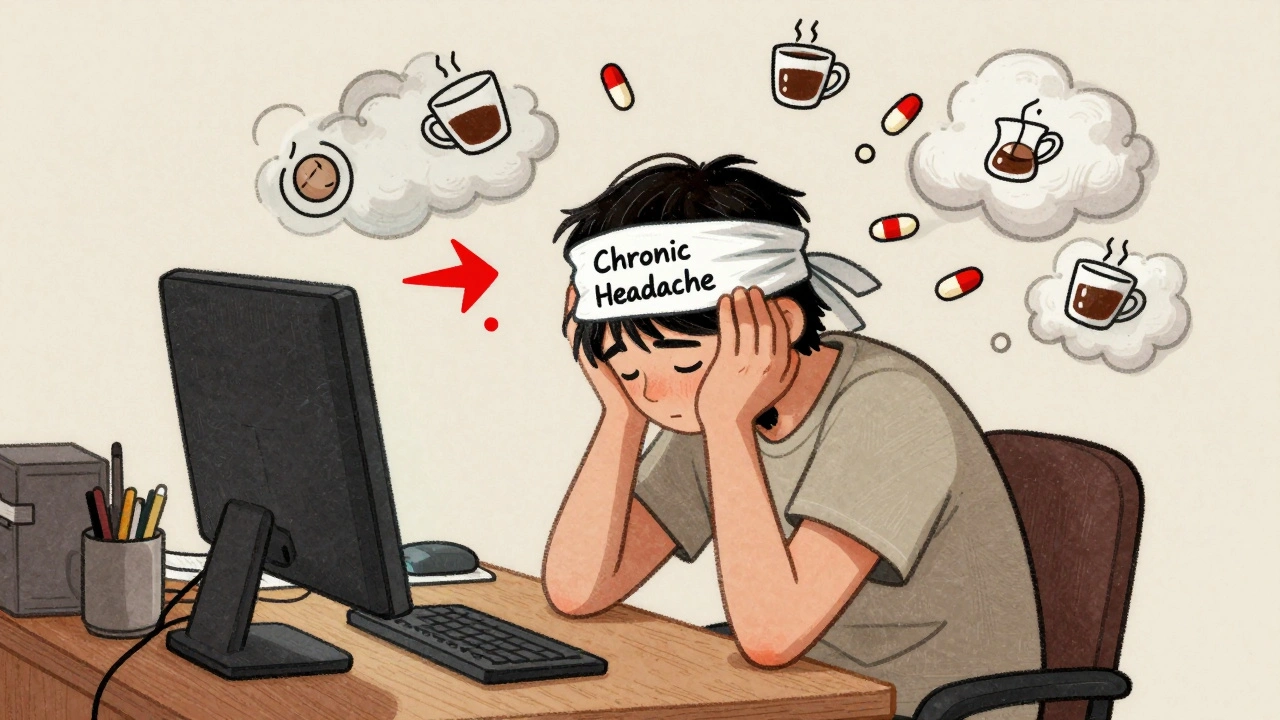Earplug Safety: Protect Your Hearing Every Day
When working with earplug safety, the practice of choosing, fitting, and caring for earplugs to block harmful sound, also called hearing protection, it aims to stop noise‑induced hearing loss, a condition caused by prolonged exposure to high decibel levels. For those who need a snug seal, custom earplugs offer a personalized fit.
Why Earplug Safety Matters in Everyday Life
Most people think earplugs are only for concerts or construction sites, but the truth is louder. A daily commute on a busy road, a weekend at a sporting event, or even using power tools at home can push sound pressure into the range that damages hair cells in the inner ear. Once those cells are gone, they don’t grow back. By applying proper earplug safety, you create a barrier that lowers the incoming noise to a safe threshold, typically below 85 dB A. This simple step can keep you from sliding into permanent hearing loss later on.
Earplug safety also intersects with workplace regulations. In many countries, OSHA or equivalent bodies require a hearing conservation program when noise exceeds 85 dB over an eight‑hour shift. That program includes a baseline audiogram, regular hearing checks, and documented training on how to insert and remove earplugs correctly. Understanding the legal side helps you stay compliant and protects your employer from liability while keeping your ears in good shape.
Choosing the right type of plug is a core part of safety. Foam plugs are cheap and effective for one‑time use, but they can lose their shape after a few insertions. Silicone‑based plugs refill better and conform to the ear canal, making them suitable for repeated wear. For professionals who need consistent protection—musicians, shooters, or factory workers—custom‑molded earplugs provide the highest NRR (Noise Reduction Rating) because they match the exact dimensions of your ear canal. The higher the NRR, the more decibels are blocked, which directly reduces the risk of hearing damage.
Fit is everything. Even a high‑NRR plug won’t work if it’s not sealed correctly. The rule of thumb: roll the foam into a thin cylinder, pull the top of your ear back to open the canal, and push the plug in until it feels snug but not painful. With silicone or custom plugs, follow the manufacturer’s instructions—some require a short waiting period for the material to soften. A proper fit eliminates the “whoosh” sound that signals a leak and ensures the plug stays in place during movement.
Maintenance may sound boring, but dirty earplugs can cause infections. After each use, wipe foam plugs with a clean cloth and let them air‑dry. Silicone plugs can be washed with mild soap and warm water; avoid harsh chemicals that degrade the material. Store them in a breathable container to prevent moisture buildup. If you notice irritation, redness, or a persistent ringing (tinnitus), replace the plugs immediately and give your ears a break.
Beyond the basics, advanced users consider additional factors like the frequency spectrum of the noise source. High‑frequency sounds (above 4 kHz) are especially damaging, so earplugs that filter specific frequencies can offer tailored protection. Some high‑end models feature interchangeable filters that let you dial in the exact attenuation you need for a concert versus a construction site. This level of customization aligns with the principle that earplug safety should adapt to the environment, not the other way around.
Putting it all together, earplug safety is a blend of choosing the right product, fitting it correctly, maintaining cleanliness, and understanding the noise context you face. Below you’ll find a curated list of articles that dive deeper into each of these topics—from comparing foam versus custom plugs to decoding NRR labels and handling ear canal health. Use these resources to fine‑tune your hearing protection strategy and stay ahead of any noise‑related risks.

Earplugs and Ear Canal Infections: What You Need to Know
Learn how earplugs can cause ear canal infections, which microbes are involved, and get practical tips to use earplugs safely without risking otitis externa.





